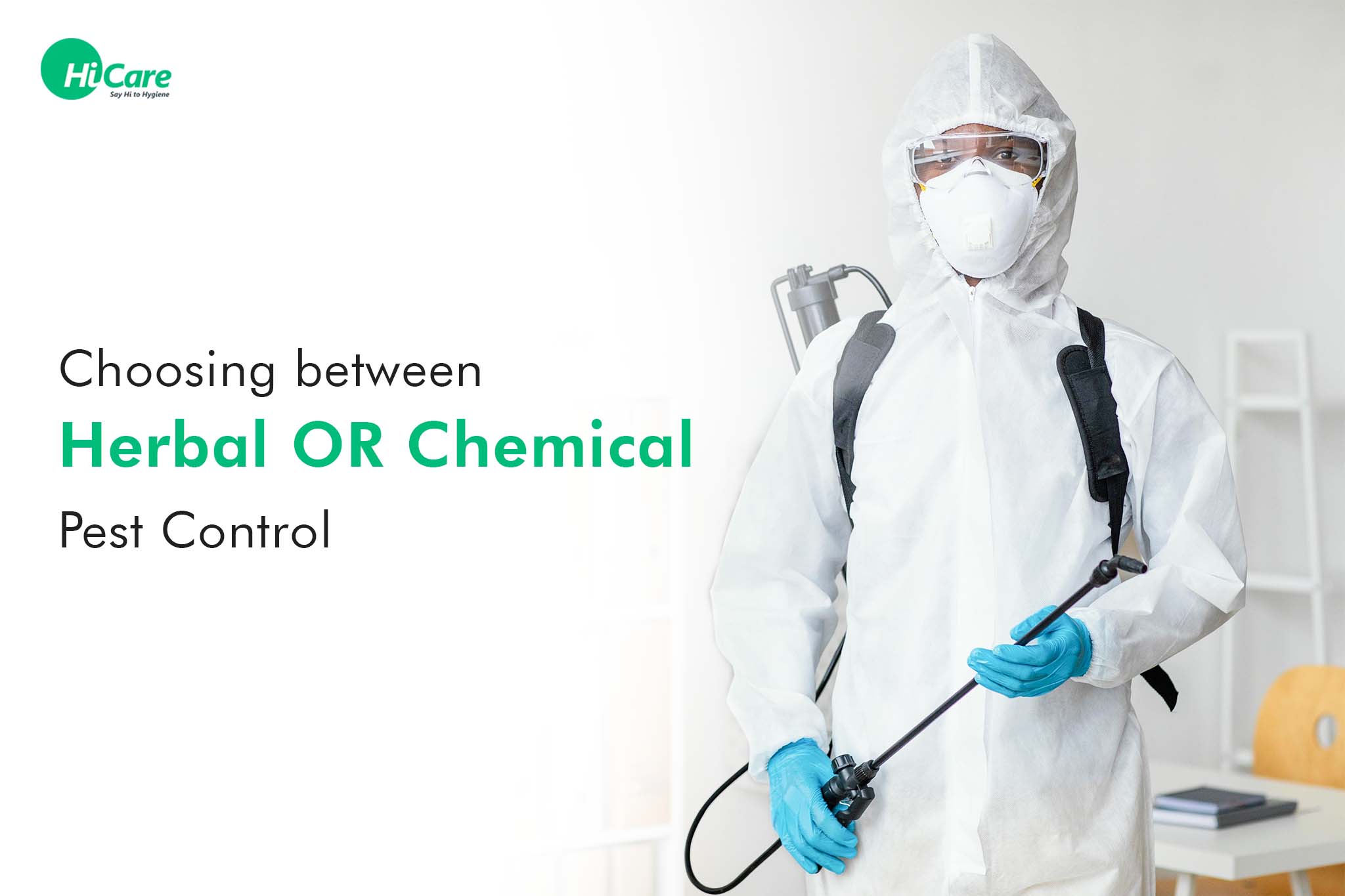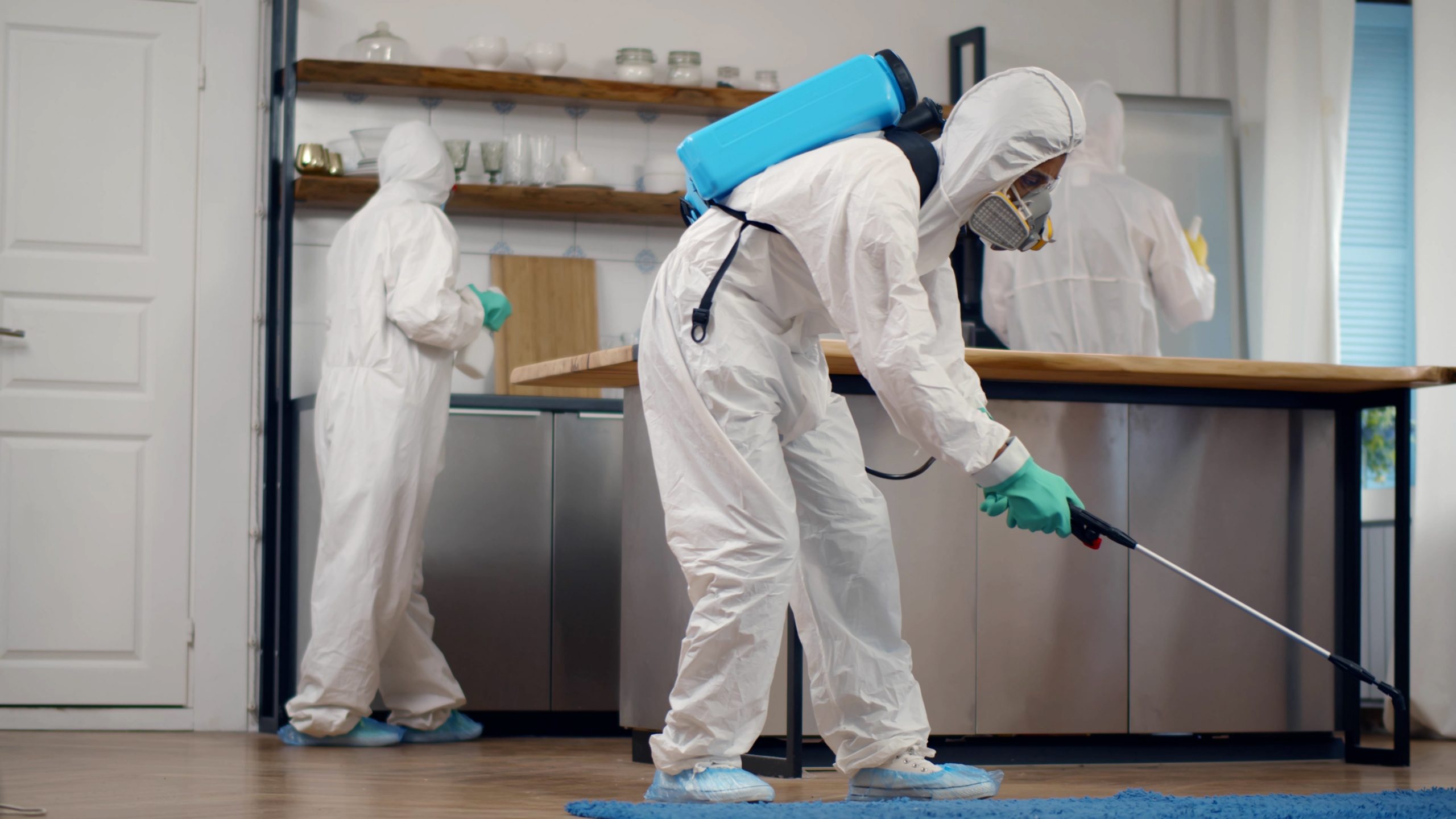Bed Pest Treatment Failure: Comparing Chemical Vs. Non-Chemical Solutions
In the realm of parasite control, especially when dealing with the persistent issue of bed bugs, the option in between chemical and non-chemical treatment solutions can be a pivotal one. Both approaches supply distinct advantages and disadvantages, affecting elements such as effectiveness, safety factors to consider, and overall expense. By examining the nuanced details of each method, a clearer understanding of which course to go after in addressing a bed pest invasion can be achieved.
Effectiveness of Chemical Treatments
Chemical therapies for bed bug problems have actually been widely identified for their quick and powerful efficacy in getting rid of these insects. When taking into consideration the efficiency of chemical treatments, it is critical to comprehend that they can give a quick and extensive remedy to a bed bug problem. Specialist pest control men usually depend on insecticides to target bed insects at numerous stages of their life cycle, including nymphs, eggs, and adults. These chemicals commonly function by interfering with the bed pests' nerve system, resulting in paralysis and ultimate death.
Additionally, chemical treatments have the benefit of offering recurring effects, indicating that they can remain to remove bed pests even after the preliminary application. This residual activity is specifically useful in combating any kind of potential re-infestations. Additionally, the rapid activity of chemical therapies can bring relief to individuals encountering extreme bed insect invasions, permitting them to reclaim control of their living spaces quickly.
Security Problems With Chemical Solutions
One important element that needs cautious factor to consider when utilizing chemical solutions for bed pest treatment is making sure the safety of residents and the environment. Exposure to certain chemicals used in bed insect therapies can lead to respiratory problems, skin irritability, or various other negative responses, especially in people with pre-existing conditions or level of sensitivities.
Furthermore, the environmental effect of chemical options is another substantial consideration. Some chemicals made use of in bed insect treatments may be hazardous to beneficial pests, wild animals, and environments if they seep right into the dirt or water systems. It is essential to make use of chemical treatments sensibly, complying with safety and security standards, and thinking about much less harmful options to reduce these dangers and make sure the efficient and risk-free monitoring of bed pest invasions.
Benefits of Non-Chemical Techniques
Taking into consideration the potential safety concerns and environmental influence linked with chemical solutions for bed insect treatment, checking out non-chemical techniques presents an appealing alternative with numerous distinct advantages. Non-chemical approaches use a safer option for homes, particularly those with individuals, children, or animals delicate to reliable pest control rough chemicals. These approaches eliminate the dangers of direct exposure to poisonous compounds, lowering the potential for unfavorable wellness effects. Additionally, non-chemical treatments are ecologically pleasant, as they do not add to air or water air pollution, making them a sustainable selection for bug control.
Additionally, non-chemical options can be effective in targeting bed bugs, consisting of hard-to-reach locations where chemical treatments might not pass through. Approaches such as warm therapy, vacuuming, steam cleansing, and mattress coverings provide complete eradication without the use of unsafe chemicals. Furthermore, non-chemical approaches can be much less disruptive, needing minimal prep work and permitting quicker reentry into dealt with locations. Overall, selecting non-chemical bed bug therapy methods not only focuses on safety and security and ecological defense however also guarantees detailed and effective pest control.
Limitations of Non-Chemical Treatments

In addition, non-chemical treatments typically need numerous applications to attain effective eradication. This can be lengthy and may not constantly see this website assure complete elimination of all bed pests and their eggs, specifically in hard-to-reach or covert areas.
Furthermore, the success of non-chemical treatments heavily relies upon appropriate execution and thoroughness, which can be testing for people without specialist proficiency. Insufficient application of non-chemical techniques might lead to insufficient elimination, bring about relentless problems and the demand for added therapies.
As a result, while non-chemical therapies have their advantages, it is important to recognize these restrictions and consider them when figuring out the most effective approach for managing bed pest problems.
Price Comparison: Chemical Vs. Non-Chemical Options
Offered the restrictions associated with non-chemical treatments, an essential aspect to examine in the context of bed bug monitoring is the cost contrast between chemical and non-chemical choices. In comparison, non-chemical therapies like heat treatment or heavy steam can be extra expensive, with costs ranging from $1,000 to sites $6,000 for a whole home. While the first price of chemical treatments may seem reduced, numerous therapies might be required to fully eliminate the invasion, possibly raising the total cost.
Final Thought

Thinking about the potential safety problems and ecological influence associated with chemical solutions for bed bug therapy, discovering non-chemical methods offers an appealing choice with a number of unique benefits.Provided the restrictions linked with non-chemical treatments, a crucial facet to evaluate in the context of bed insect administration is the expense contrast in between chemical and non-chemical options. In contrast, non-chemical therapies like warmth therapy or heavy steam can be more costly, with expenses varying from $1,000 to $6,000 for an entire home. While the first expense of chemical treatments might seem reduced, multiple therapies might be needed to completely remove the infestation, potentially raising the total price.In verdict, when comparing chemical and non-chemical bed bug therapy alternatives, it is crucial to consider effectiveness, security, advantages, constraints, and price.
Comments on “A1 Charlotte Pest Control Companies - Your Regional Pest Professionals”